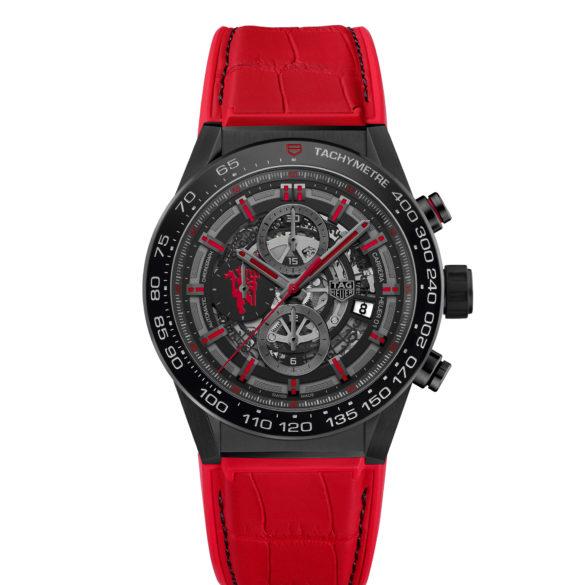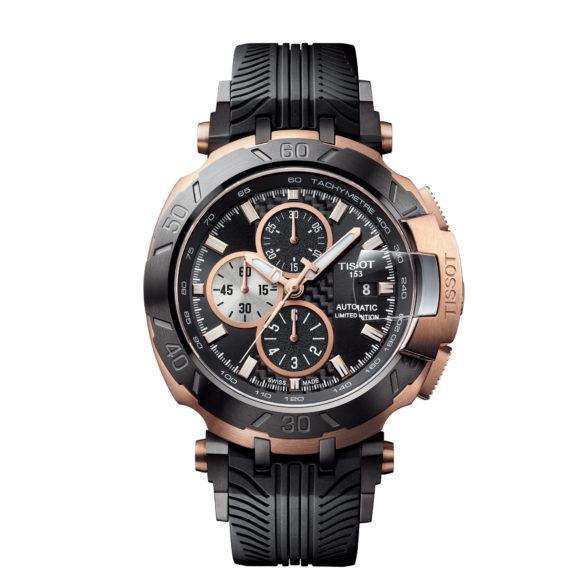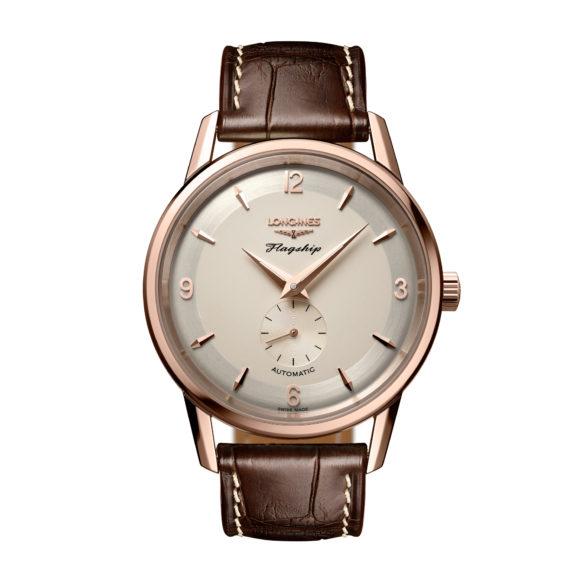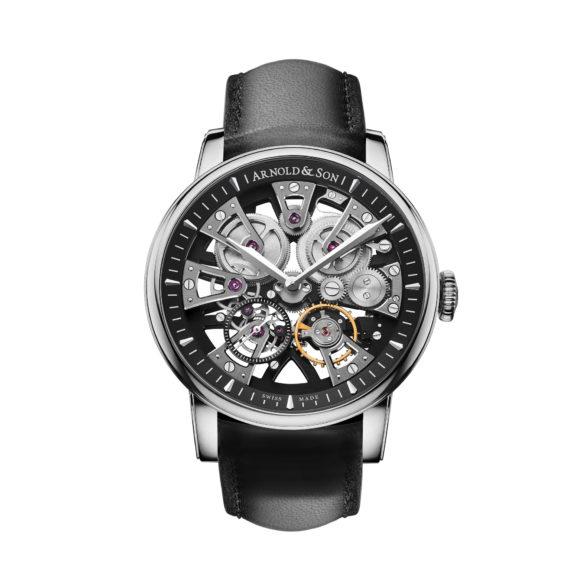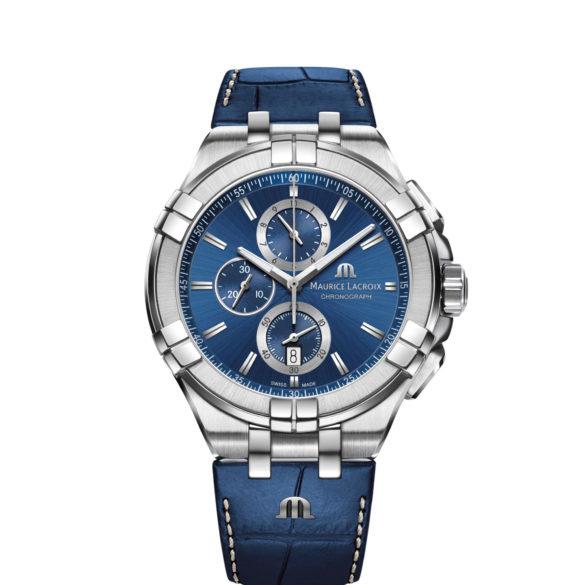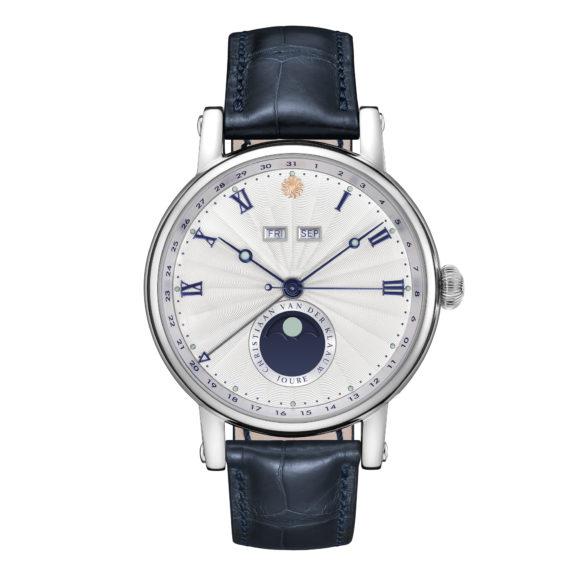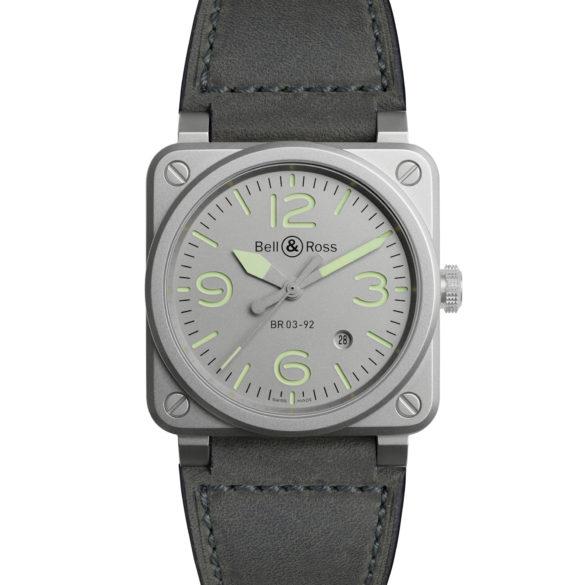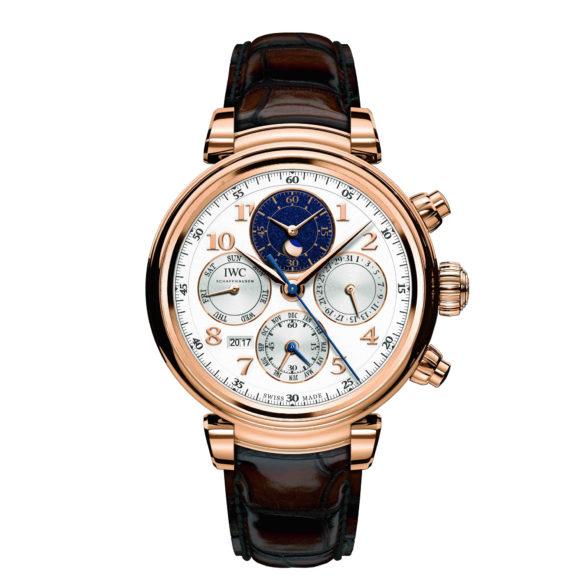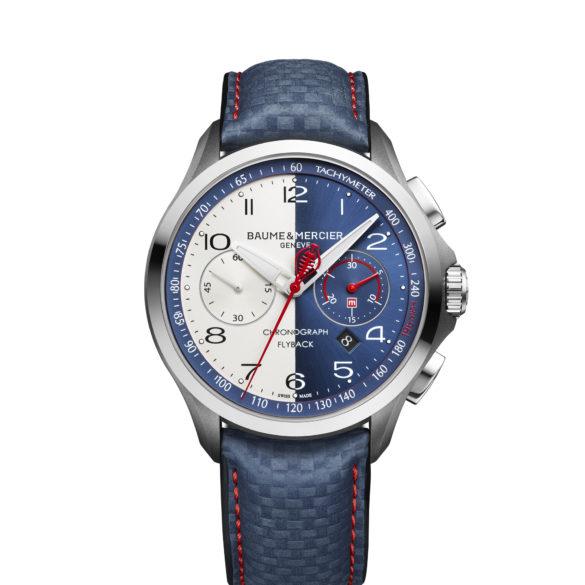The TAG Heuer Manchester United Heuer-01 Manufacture Chronograph is not for City fans, obviously. It’s marketing mixed with traditions
Stainless steel
Stainless steel is widely used in watches due to its durability and corrosion resistance. There are some variants that differ in quality and properties. The hardness is often indicated in HV (Hardness Vickers).
.
This hardness value is calculated based on the force applied and the surface area of the indentation. The higher the HV number, the harder the material is, indicating greater resistance to deformation and scratching.
.
Different stainless steel grades
.
316L is the most common for watches, offering corrosion resistance, particularly in saltwater. It is used by most brands. It has a Vickers hardness of around 150-200 HV.
.
Then there is 904L stainless steel which is a high-end alloy used primarily by Rolex. It’s more corrosion-resistant and durable than 316L but harder to machine. This has a Vickers hardness of approximately 200-250 HV.
.
Another variant is 440C, known for its hardness and wear resistance, though less corrosion-resistant. It’s often used in watch components that require high strength. It has with a Vickers hardness ranging from 550-700 HV.
.
Cheaper stainless steel and steel for parts
.
Next is 304, a cost-effective option with good workability and decent corrosion resistance, typically found in budget watches. For the inside of a watch there is 17-4 PH which is a strong, precipitation-hardened alloy. It is used in high-performance watch components like screws and movement parts.
.
A less common due to its magnetic properties and lower corrosion resistance is 430, but it offers good formability.
.
Lastly we mention carbonitrided stainless steel, although there are more variants. This carbonitrided treated steel variant is hardened and more scratch-resistant, used in high-end watches for durability.
.
The hardest stainless steel we have seen so far is introduced by Hanhart in 2024, and called HD12. Which is carbon diffused into stainless steel in a surface hardening process, and then topped off with a transparent hard coating (PVD). The result is a Vickers hardness of 1,200.
.
Just as a reference, the Vickers hardness of diamond, the hardest natural material on Earth, is 7,000 to 10,000 HV. Which is also indicated as 70 GPa to 100 GPa (Gigapascals).
.
Compare case materials on the Hardness Vickers scale (from hard to hardest):
.
| Carbon | 20-50 HV |
| Platinum | 40 HV (950 platinum: 80-135 HV) |
| Silver | 70-90 HV |
| Bronze | 60-150 HV (100-200 HV treated) |
| Aluminium | 120-200 HV |
| Gold | 120-200 HV (18k or 14k) |
| Palladium | 150-200 HV |
| White gold | 150-250 HV |
| Stainless steel | 150-250 HV (special 1200 HV) |
| Titanium | 150-200 HV (grade 2) / 300-400 HV (grade 5) |
| Ceramic | 1200-1400 HV (1500-2000 for alumina) |
| Sapphire | 2000-2300 HV |
.
Stainless steel watches
The Tissot T-Race MotoGP Automatic Limited Edition 2017 is the latest tribute to Tissot’s partnership with MotoGP
The Longines Flagship Heritage 60th Anniversary 1957-2017 commemorates the 1957 Longines Flagship: a sober yet attractive dress watch
The Arnold & Son Nebula is one of the best looking, most symmetrical and affordable skeletonized watches on the market
The Maurice Lacroix Aikon Chronograph 44 mm in blue is the latest model within the Aikon Chronograph collection
The Glashütte Original Sixties Iconic Square collection has a 1960 design with funky colors and inspired by the Glashütte Spezimatic
The Christiaan van der Klaauw Supernova is a light version of the Hypernova; no chronograph but still an attractive design
The Bell & Ross BR 03-92 Horograph and Horolum are the latest models within the Instruments collection: of course square-shaped
The IWC Da Vinci Perpetual Calendar Chronograph with a round case is back, like the Ref. 3750 from 1985. No tonneau cases anymore
The Baume & Mercier Clifton Club Shelby Cobra CSX2299 honors a 1964 Le Mans winning car with a rather unusual dial color scheme
